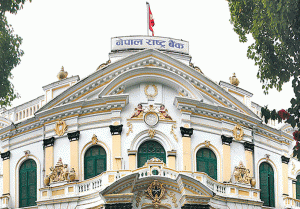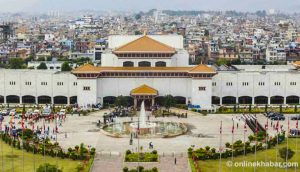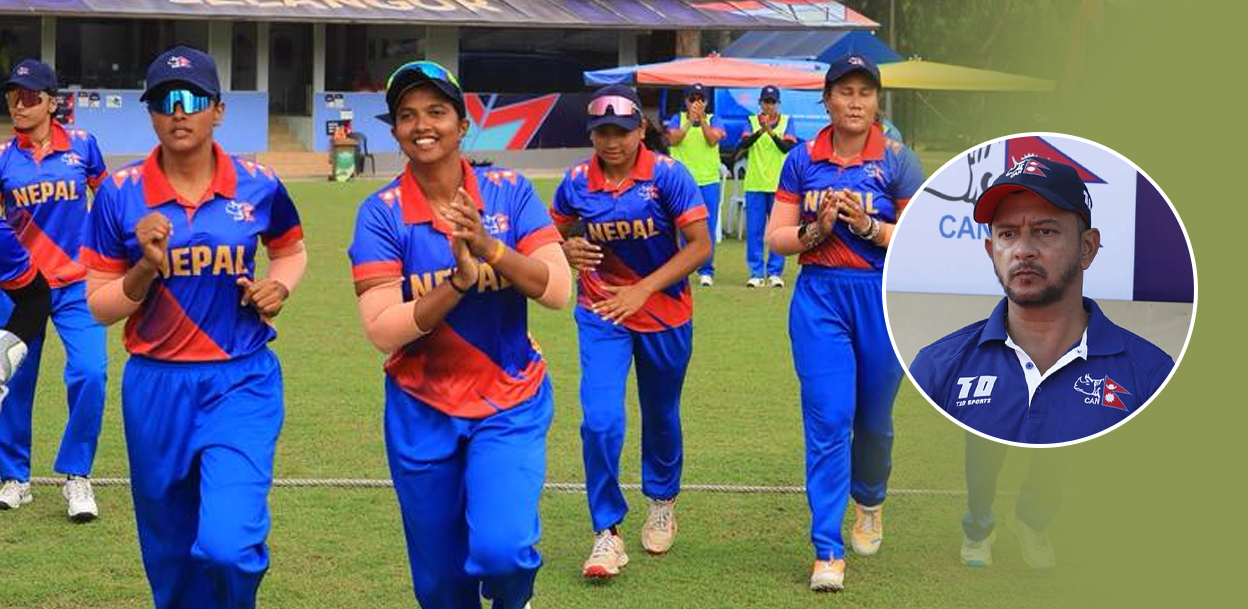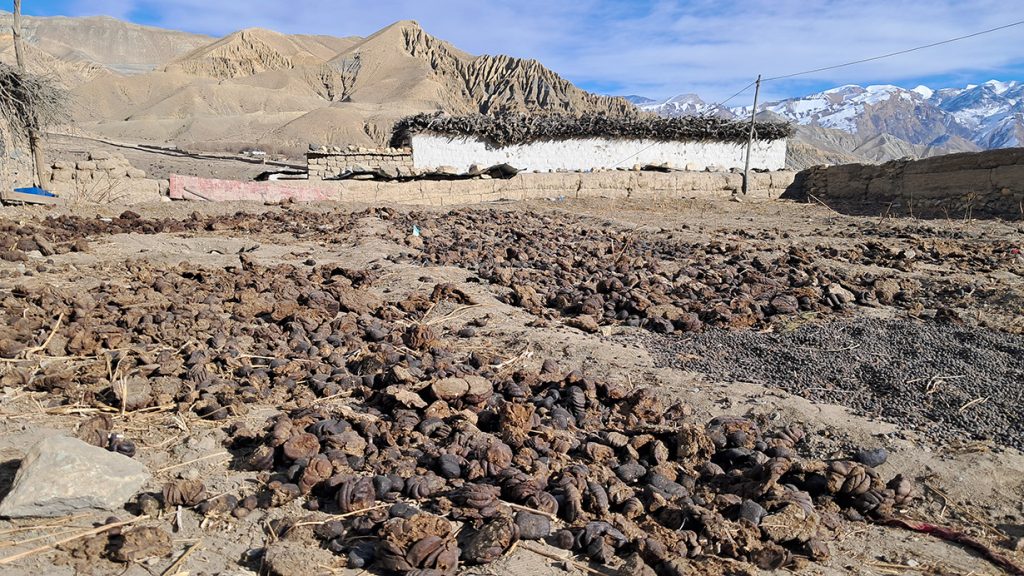
Op-ed pages of broadsheet dailies published in Kathmandu on Wednesday have given prominence to a wide range of issues ranging from Nepal-India relations to Nepal’s prospective graduation from the LDC group.
Budhigandaki is not a viable project

During the final Cabinet meeting of the Prachanda-led government, the Ministry of Energy decided to award a controversial EPCF contract to China’s Gezhouba Group to construct the 1,200 MW Budhigandaki Hydroelectric Project. Satis Devkota, in his piece for Republica, argues that the project is not financially viable as Nepalis are not ready to pay four to five times what they are now paying for electricity. He also says the contract was awarded to a Chinese company, which has worked on two small-scale projects in Nepal, and in both the projects, the company has overshot budget and completion deadline. He concludes by saying that there are other more viable projects that should have received priority.
Graduating from LDC should be a milestone

Nepal plans to graduate from the LDC group by 2022 by fulfilling two of the three criteria set by the UN. Mina Aryal, who is Deputy Permanent Representative (Commerce), Permanent Mission/Embassy of Nepal to Geneva, Switzerland, summarises the criteria set for any country to graduate from LDC status.
Explaining the criteria, she says,
“The three criteria set in 2015 needed for graduation are: (i) per capita gross national income (GNI) of $1,242 or more; (ii) achieving a score of 66 or more under the Human Assets Index (HAI) which includes health, nutrition and education index; (iii) a country’s vulnerability to external economic and environmental shocks (EVI), which includes eight indicators including natural shocks and trade shocks; an LDC with score of 32 or less is considered eligible for graduation in this indicator. In 2015, Nepal’s GNI was recorded to be $659, quite below the threshold, HAI was 68.7 and EVI was 26.8.”
She argues that although graduating from LDC is important, that should not be Nepal’s only target. The vision has to be beyond that. For that she proposes a five-pronged strategy. Firstly, there should be a discussion on the sustainability of any move towards graduation, then graduation should be taken as a milestone, not the end of the journey, third, political and intellectual debate must take place to choose the right model of development for the country. Fourthly, institutional capacity should be built and fifth, modernisation of agriculture in rural areas must take place.
The 1950 Peace and Friendship Treaty

The Indo-Nepal Eminent Person’s Group is currently discussing the various dimensions of bilateral ties. In this context, former Attorney General Yubraj Sangraula, in his piece for Annapurna Post, claims that the treat has no international validity. He says that Nepal cannot seek legal treatment for any violation of the treaty by India as the treaty is between two governments: The Union of India and the Government of Nepal. According to legal tradition a treaty has to be signed between two states, and not governments. Sangraula says that India was well aware of this and it deliberately made Nepal sign the ‘treaty’ to undermine its sovereignty. The Rana rulers were reluctant to go against the Indians.
The re-organisation of the Left
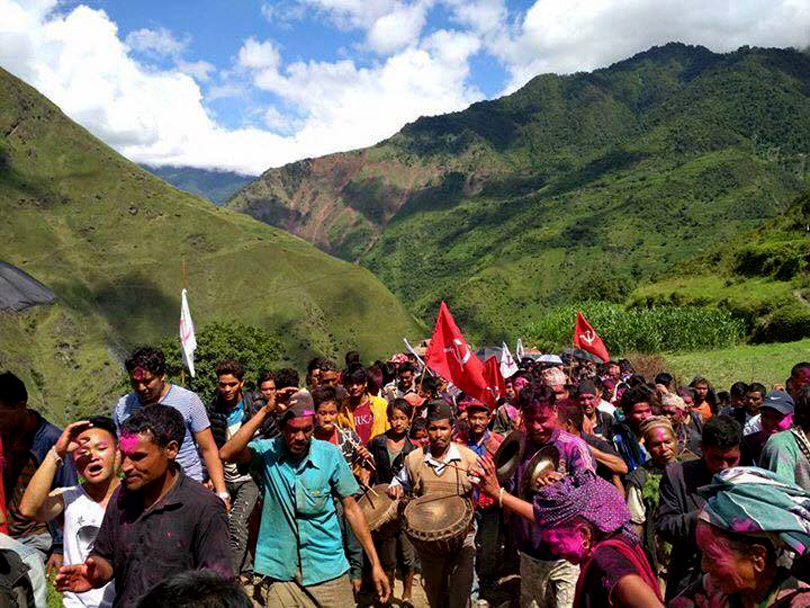
Following a poor showing in local elections, Maoist chief Prachanda was quoted in the press as saying that dissolving the party altogether was an option he was considering. Many op-eds have been written in this context. Hari Roka in his piece for Kantipur, traces the history of the UML from its ‘communist’ days to its ideological transformation under Madan Bhandari. He says that the UML’s stand on many issues does not reflects its communist ideology. He concludes by saying that the communists in Nepal should think more deeply about their ideology in the days to come.







